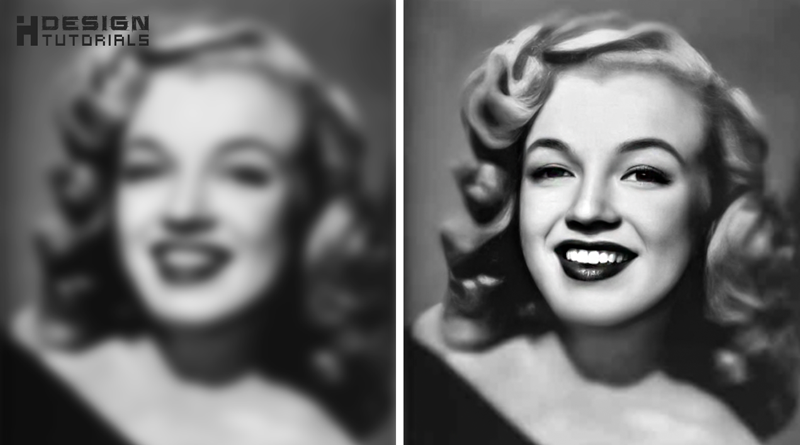Please Note : before downloading any file on this article notice that all the softwares , applications , or and the DFDNet open source code it self are the property of their respective owners , Don’t modify , edit , sell , or recompile any software applications or codes until you visit the original rights owners or developers and have their full permissions , all the files hosted here in this post are shared for educational and testing purposes and to preserve the necessary installation environment to test DFDNet.


Very nice tutorial
Thank you!!1
test_FaceDict.py: error: unrecognized arguments: -test_path ./TestData/TestWhole -results_dir ./Results/TestWholeResults -upscale_factor 4 -gpu_ids -1
Someone can help me?
Hi , if you are encountering any errors to run DFD Net then there is something missing in the installation try to delete everything and watch the full installation tutorial , installing from the beginning may solve your problem.
python test_FaceDict.py –test_path ./TestData/TestWhole –results_dir ./Results/TestWholeResults –upscale_factor 4 –gpu_ids -1 Help me please, ihad install again but it failed 🙁
I have to say, I’m stunned.
Took me hours to get through your tutorial because A: I’ve never used this software before, B: you were going way too fast for me and I kept having to pause and C: I’m getting old!
I just ran a highly cropped image of my grandfather from the 1950s through this and what I got was practically a portrait! So, thank you for the tutorial, frustrating as it was!
Thanks for making this! At first I kept getting errors, but found that the “running commands” text had an error. I fixed it to “testDFDNet” and it worked.
—
conda activate testDFDNet
cd C:\DFDNet\DFDNet-whole
python test_FaceDict.py –test_path ./TestData/TestWhole –results_dir ./Results/TestWholeResults –upscale_factor 4 –gpu_ids -1
—-
Now I found that after first photo enhancement, the result folders keep the finished ones in there. So even if I remove the fist photo from the TestData folder and put another photo there, I kept getting errors because it tries to find the deleted photo as well during the process. I had to go to Results folders and delete the finished ones manually. Is there a way to do it automatically? Thanks.
How do i make this thing working on a AMD Video Card?
The command to start processing should be
python test_FaceDict.py –test_path ./TestData/TestWhole –results_dir ./Results/TestWholeResults –upscale_factor 4 –gpu_ids -1
Note the double dashes before each argument. The code in tutorial shows single dashes and throws an error in Windows.
The comment system has changed the format of my post, my above reply shows the incorrect code as a result. If you are having trouble running script with error messages about unrecognized argument. Then change the single dash in front of each argument to double dash.
Your tutorial let me unblur my photo, the blur photo can not mofy by Photoshop. I creat two bat for easy runing.
I take the unblur face part photo into Photoshop, comb. the org photo, the photo is very good.
Thank you very much.
run.bat
cd C:\DFDNet\DFDNet-whole
conda activate testDFDNet
run1.bat
python test_FaceDict.py –test_path ./TestData/TestWhole –results_dir ./Results/TestWholeResults –upscale_factor 4 –gpu_ids -1
Hello.
Hello from Happykiddi.
Hello guys, glad to join you
Hey people!!!!!
Good mood and good luck to everyone!!!!!
Hi i love you…
bye
Hey people!!!!!
Good mood and good luck to everyone!!!!!